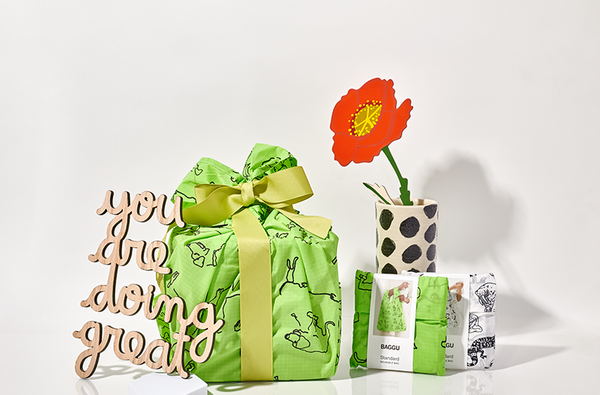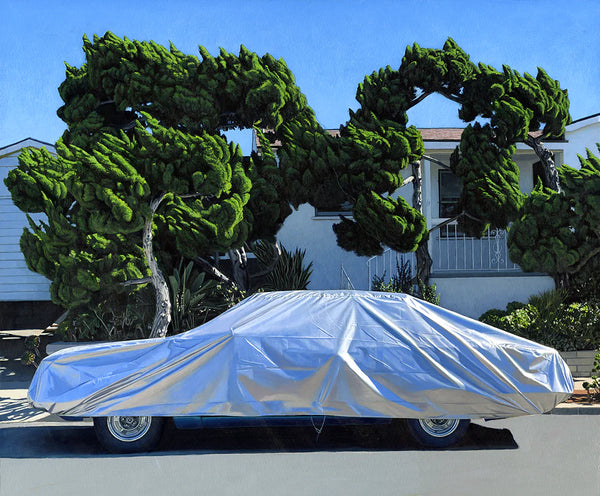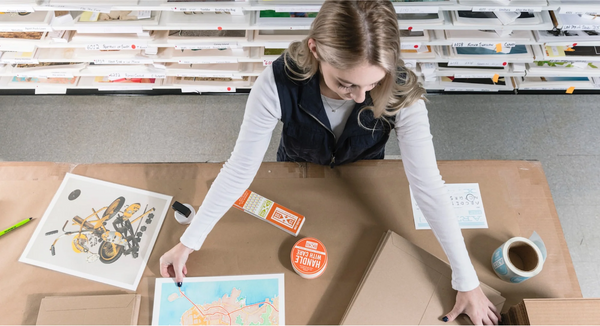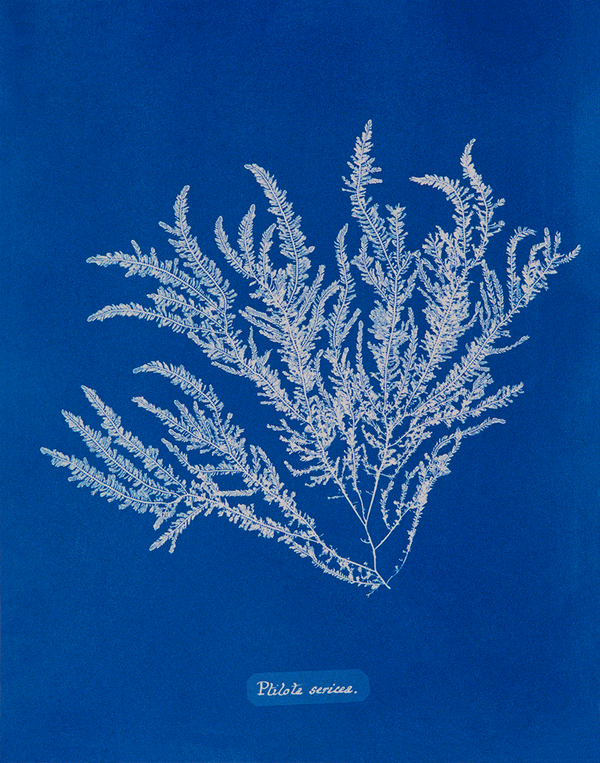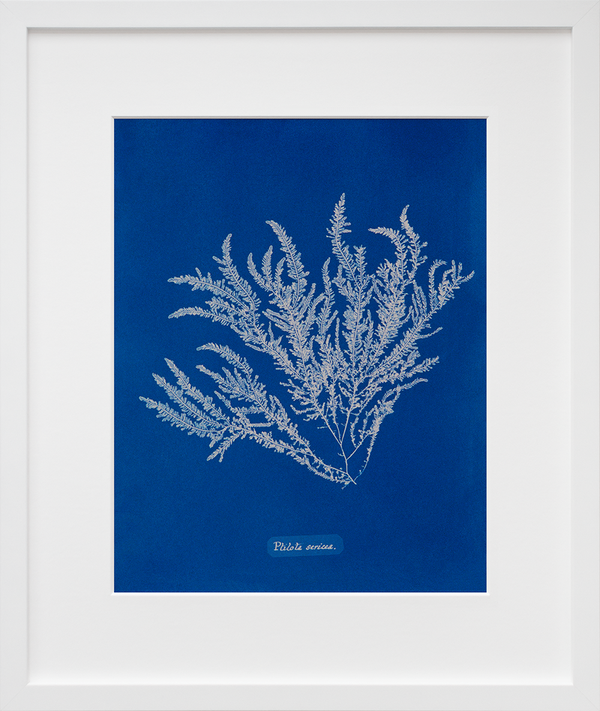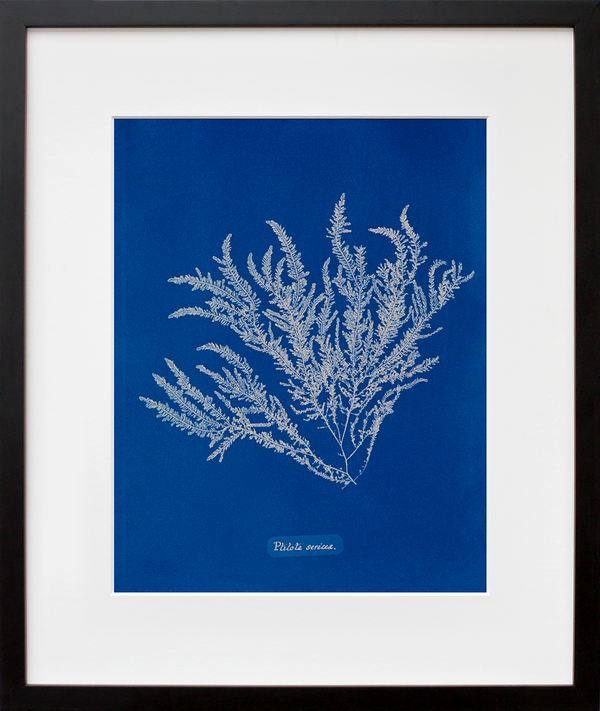This store requires javascript to be enabled for some features to work correctly.
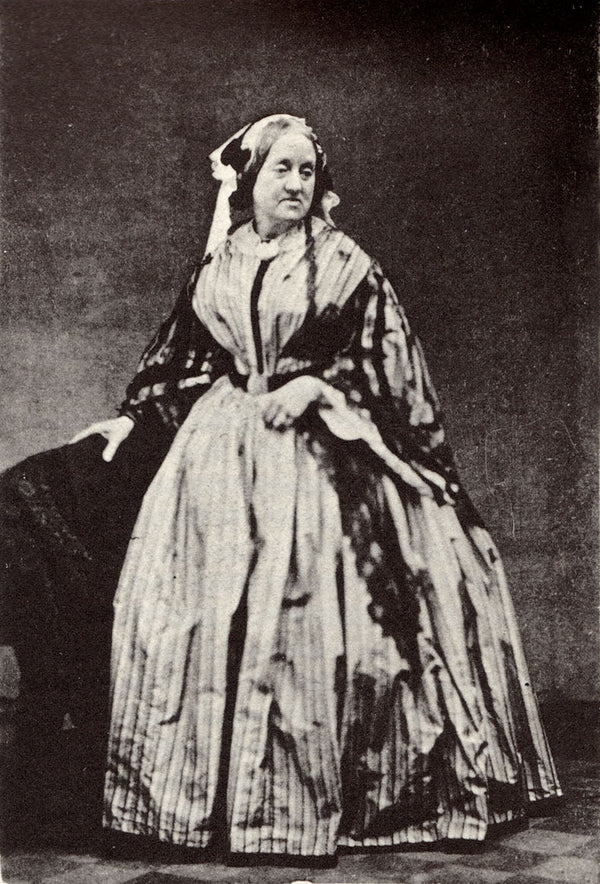
Anna Atkins
Anna Atkins (1799 - 1871) was an English botanist and photographer, best known for her "cyanotype impressions", or cyanotype photograms. Atkins grew up under the tutelage of her father, scientist John George Children, which led her to find her passion in botany. Both her father and her husband, John Pelly Atkins, were friendly with some of the inventive minds of the time. These included William Henry Fox Talbot, inventor of the photogram, and Sir John Herschel, developer of the cyanotype photograph process. Though these men taught Anna Atkins how to use their inventions, only she brought them together in scientific and artistic study. Using her extensive collection of dried plants, Atkins created enough cyanotype photograms to self-publish Photographs of British Algae: Cyanotype Impressions, the first-ever book illustrated with photographs. She later published two other books of cyanotype impressions as well as other non-photographic books before her death in 1871.
Join our mailing list for 15% off
Sign up for our newsletter to get first access to new editions, catch the freshest commentary + features, and snag a special discount.

